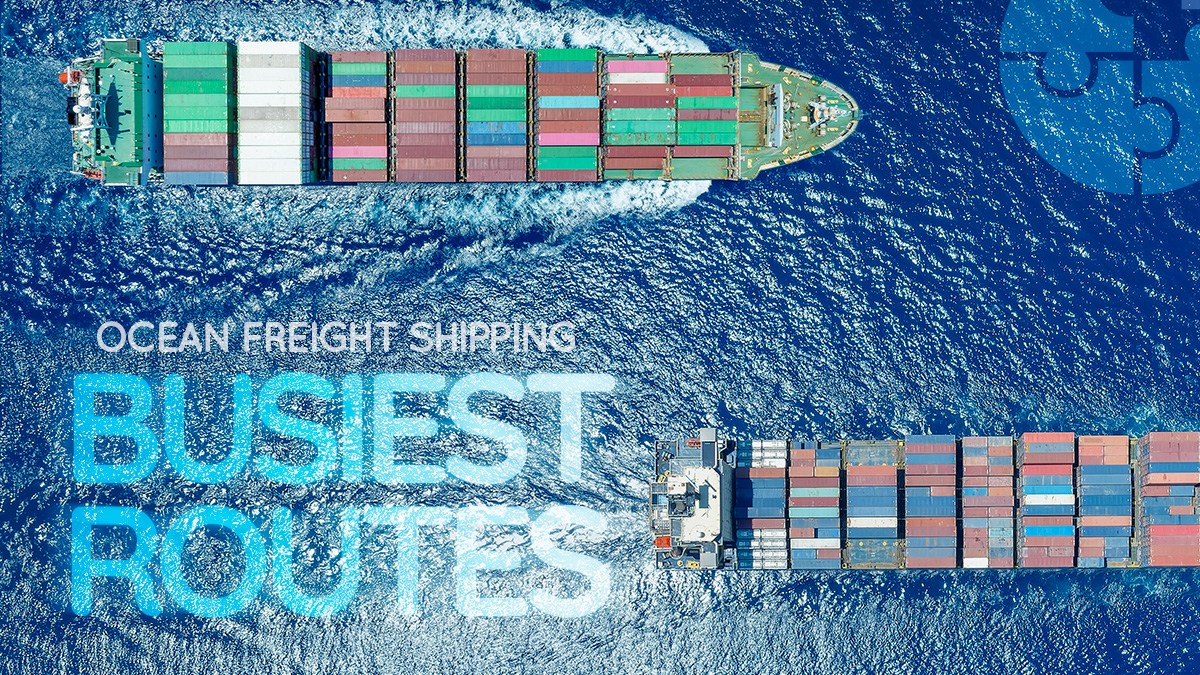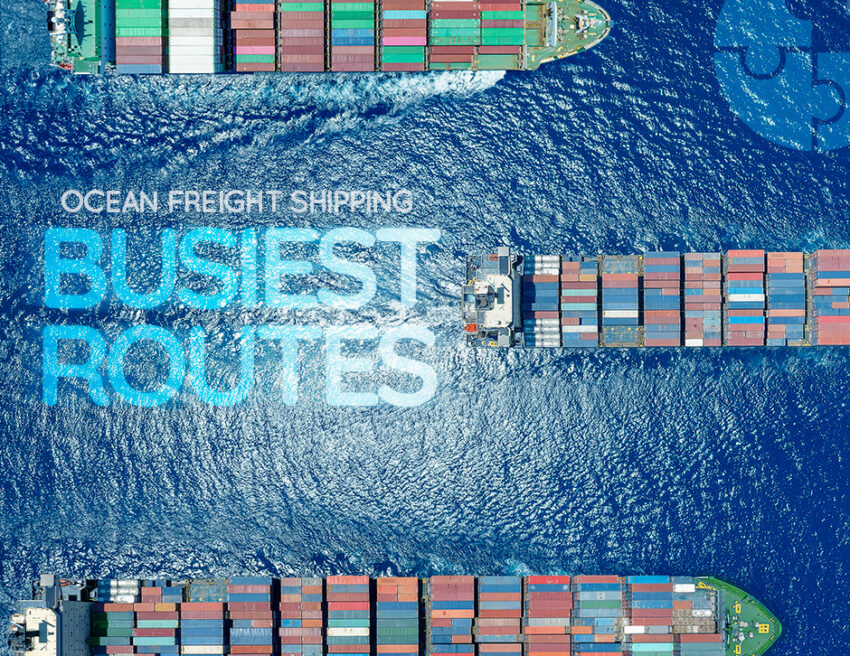The Transpacific Route is one of the world’s busiest and most critical maritime corridors, spanning the vast Pacific Ocean. This essential trade route connects the manufacturing hubs of China, with the consumer-driven markets on the West Coast of North America, primarily the United States. In 2022, the Transpacific Route emerged as a key maritime trade route for North America, with US trade accounting for approximately 28 million 20-foot-equivalent container units (TEUs). Major Chinese ports like Shenzhen, Shanghai, and Hong Kong serve as primary departure points, while American ports such as Long Beach, Los Angeles, and Seattle are key arrival destinations.
Annually, the Transpacific Route handles billions of dollars worth of cargo, making a substantial contribution to the global economy. Additionally, the Panama Canal is crucial for enabling significant trade between Asia and the United States. The route encompasses vital waterways such as the Taiwan Strait, the South China Sea, and the expansive Pacific Ocean itself. The Asia-East Coast US route is the busiest trade corridor for vessels utilizing the canal, further underscoring the Transpacific Route’s importance in facilitating international commerce.
The Transatlantic Route
The Transatlantic shipping route, spanning the Atlantic Ocean, serves as a vital link between North America—primarily the United States and Canada—and Europe. This maritime corridor enables the transportation of a wide variety of goods, including automobiles, machinery, electronics, and chemicals. Covering thousands of nautical miles, it connects major North American ports such as New York, Norfolk, and Miami with key European hubs like Liverpool, Hamburg, and Rotterdam.
This route also intersects with several important waterways the most important of which is the English Channel. It serves as a passageway for over 500 ships per day, covering approximately 560 kilometers (roughly 350 miles). Additionally, the Strait of Dover, the narrowest part of the English Channel, sees daily traffic of over 400 vessels.
This shipping route remains an essential artery of global trade, embodying the enduring economic connections between North America and Europe. Despite navigating various challenges this route continues to be a cornerstone of global trade, reflecting the deep-rooted and dynamic relationships across the Atlantic.
The South America-Europe Trade Route
This extensive route connects major South American ports in Chile, Argentina and Brazil with prominent European ports in Portugal, Spain, the United Kingdom, and the Netherlands. The goods transported along this route include manufactured goods such as electronics, machinery, and consumer products, agricultural products such as coffee, soybeans, and fruits, and minerals like iron ore and copper. The South America-Europe shipping route sees substantial annual cargo movement, significantly boosting the economies of both continents. However, this route faces several challenges, including variable weather conditions, vast distances, and the need for precise supply chain management.
The Intra-Asia Shipping Route
This route covers breadth of the Asia-Pacific region, the Intra-Asia route connects ports in East Asia, including China, Japan, and South Korea, with those in Southeast Asia, such as Singapore, Malaysia, and Vietnam. It also links to ports in South Asia, including India and Sri Lanka, and extends to Oceania, encompassing Australia and New Zealand.
The Intra-Asia route handles a substantial volume of cargo annually, driving economic growth across Asia. Key waterways like the South China Sea, East China Sea, Indian Ocean, and the vital Strait of Malacca—through which about 50,000 vessels pass each year—are integral to this trade network. Despite its significance, the Intra-Asia route faces challenges such as port congestion, trade imbalances, weather-related disruptions, and geopolitical tensions. Additionally, environmental concerns, including emissions and marine ecosystem conservation, are becoming increasingly important for sustainability.



